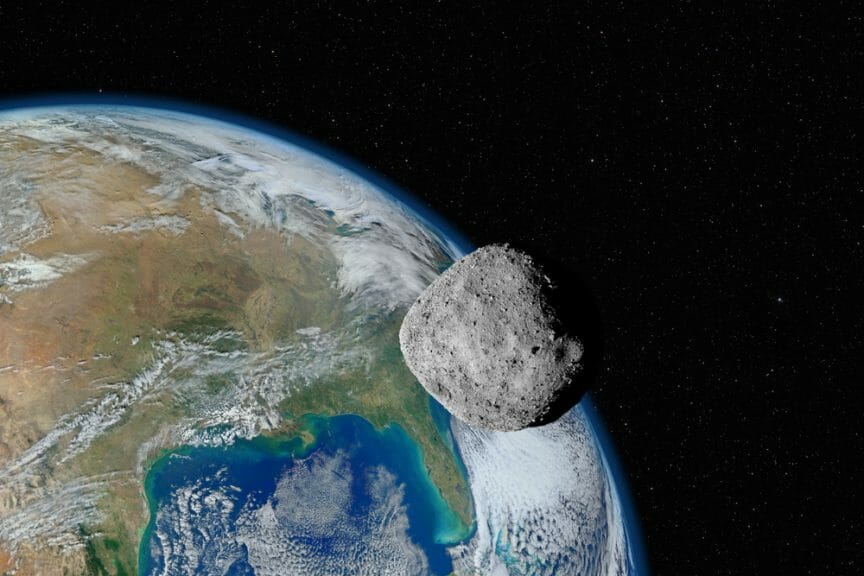Get ready for a celestial spectacle as a colossal asteroid, affectionately dubbed “potentially hazardous,” prepares to swing by Earth this month. But fear not, dear sky gazers, for it poses no threat to our beloved planet. And the best part? You can witness this cosmic encounter unfold before your very eyes, thanks to The Virtual Telescope Project.
Mark your calendars for Monday, June 12, just shy of 9 p.m. EDT, when Asteroid 1994 XD will make its closest approach to Earth. The vigilant team at The Virtual Telescope Project diligently tracks the asteroid’s orbit as it draws near to our cosmic neighborhood, and they have something special in store for us—a live stream of this mesmerizing fly-by.
Now, let us quell any rising concerns. While the classification “potentially hazardous” might raise an eyebrow or two, it’s solely due to the asteroid’s orbit. You see, its trajectory brings it tantalizingly close to the minimum distance between our planet and the sun, meeting the standard criteria set forth by NASA. But rest assured, there is no cause for alarm.
NASA’s esteemed Center for Near Earth Object Studies (NEOS) utilizes sophisticated computer modeling to determine the orbits of asteroids and comets, as well as calculate the likelihood of any unwelcome rendezvous with Earth. As we venture into the month of June, NEOS is diligently monitoring over a dozen close approaches by various celestial wanderers.
But fear not, fellow inhabitants of Earth, for this celestial visitor will maintain a safe distance as it graces our night sky. Gaze up with awe and wonder, as Asteroid 1994 XD puts on its cosmic display. Close though it may be, remember that proximity is a relative concept in the vast expanse of space. At its nearest encounter, the asteroid will be a staggering eight times the distance between our fair planet and its loyal companion, the moon. A staggering 1.9 million miles will separate us, ensuring a worry-free viewing experience.
1994 XD, as its name suggests, was christened based on its discovery year. The vigilant eyes of the Spacewatch group at Kitt Peak Observatory in Arizona first caught sight of this celestial wanderer in December 1994. Measuring anywhere from 370 to 830 meters (1,214 to 2,723 feet) in diameter, this asteroid may be considered small in the cosmic realm, but it would effortlessly tower over the majestic skyscrapers of New York City.
Intriguingly, back in 2005, astronomers wielding the Arecibo radio telescope in Puerto Rico unearthed a fascinating secret. Our celestial visitor, 1994 XD, is not alone in its cosmic sojourn. It exists as a binary asteroid, graced with a companion—a moonlet dutifully orbiting its larger counterpart.
This discovery brings to mind NASA’s ambitious DART mission, aimed at a binary asteroid known as Didymos. The agency sought to test a potential method for diverting an asteroid on a calamitous collision course with our home planet. They skillfully steered a small spacecraft to collide with the moonlet encircling Didymos, successfully altering its orbit by an impressive 32 minutes.
So, my fellow cosmic enthusiasts, ready your eyes for a celestial spectacle. Tune in to The Virtual Telescope Project’s live stream, and marvel at the majesty of Asteroid 1994 XD. Remember, it’s a momentous occasion in our cosmic voyage, an opportunity to witness the wonders of the universe unfolding before our very eyes.














